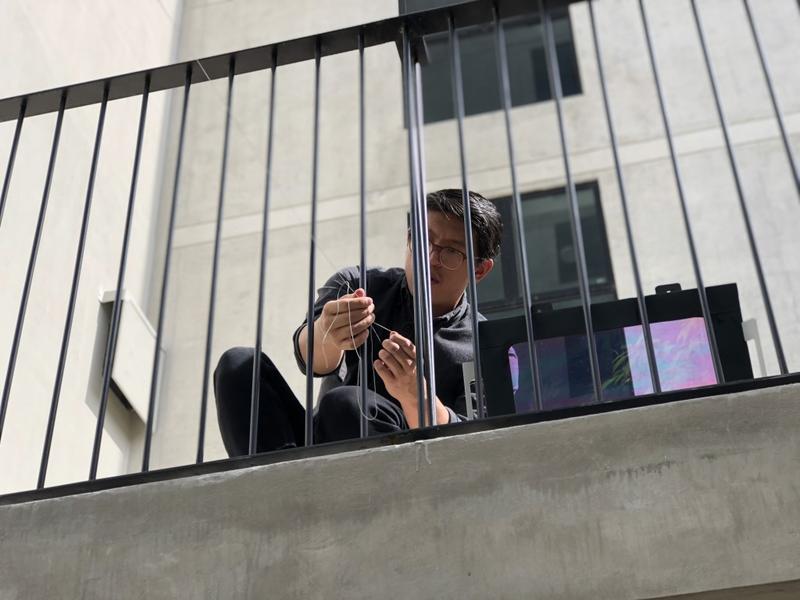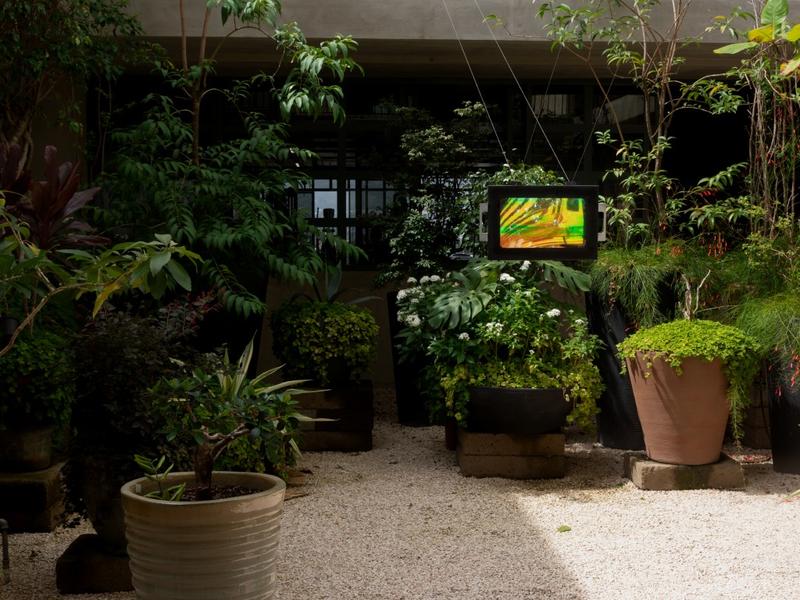Sensing Time
Concept / Design / Prototype
September 2020
Sensing Time is an installation piece that allows people to change their perception of time in order to better empathize with other organisms and planetary events.
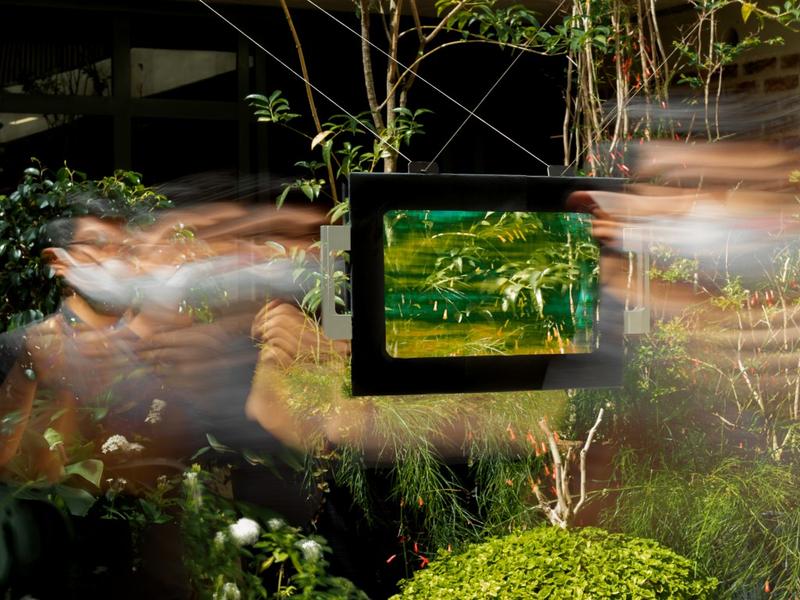
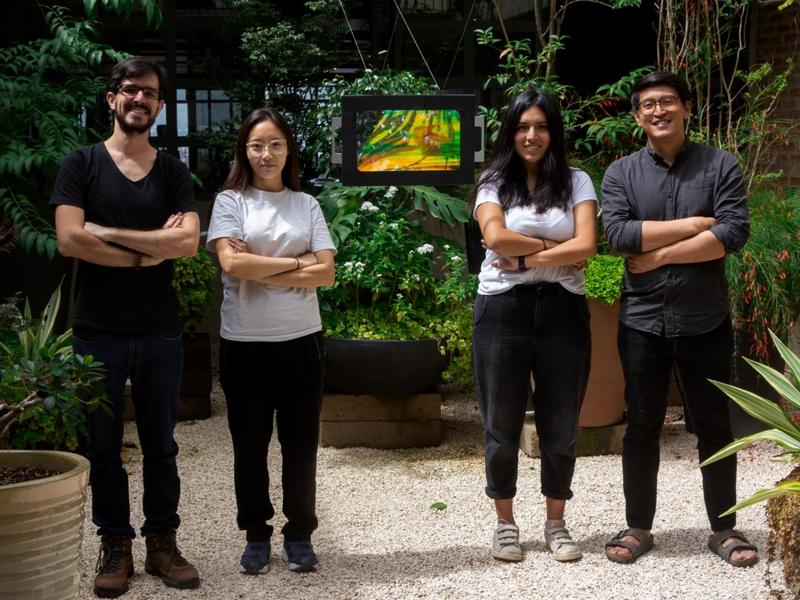
Sensing Time is an installation piece that allows people to adjust their perception of time in order to better empathize with other organisms and planetary events.
This project was created as a 24-hour project in collaboration with Herin Haramoto, Julian Jimsa, and Maria Jose Tamayo as part of the Designing Sensing course during the CIID Interaction Design Programme in 2020. As the brief, we were asked to imagine how technology could augment human senses in order to better sense our planet in the face of climate change.
Technology and Evolution
When considering how technology might be used to augment our senses in the future, we first explored how senses have evolved in the past. Since the beginning, sensory organs in all creatures have been pushed to evolve based on the specific environmental pressures they face. Dogs developed a strong sense of smell and birds developed sharper vision because it helped them to survive given their environmental context.
While this is undoubtedly useful, the velocity at which a species can evolve biologically is limited by how quickly genetics can mutate through successive reproductive generations. However, evolutional psychologist Stephen Pinker provides a theory for how humans have been able to augment biological evolution through a phenomenon that he calls the “cognitive niche.” Essentially, through the use of reasoning, technology, and collaboration, humans have been able to overcome fixed evolutionary defenses of other organisms thus allowing us to increase our survival rate.
A modern and commonly cited example of this is the invention of the bicycle. While humans are innately one of the least energy efficient animals when it comes to transportation, a human on a bicycle easily outcompetes everything else.
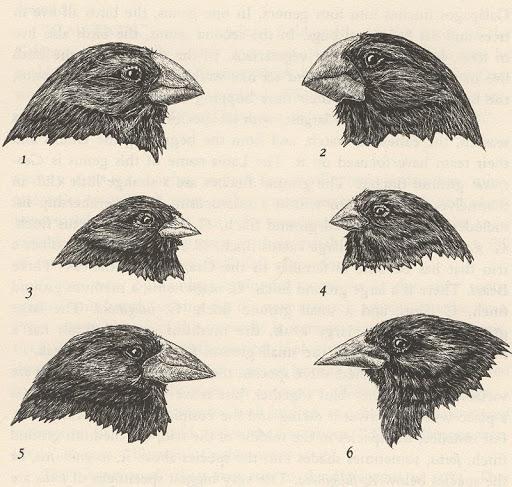
www.pbs.org
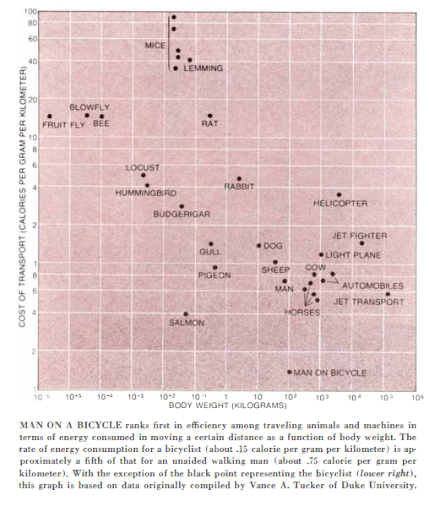
Scientific American
Sensing Planetary Events
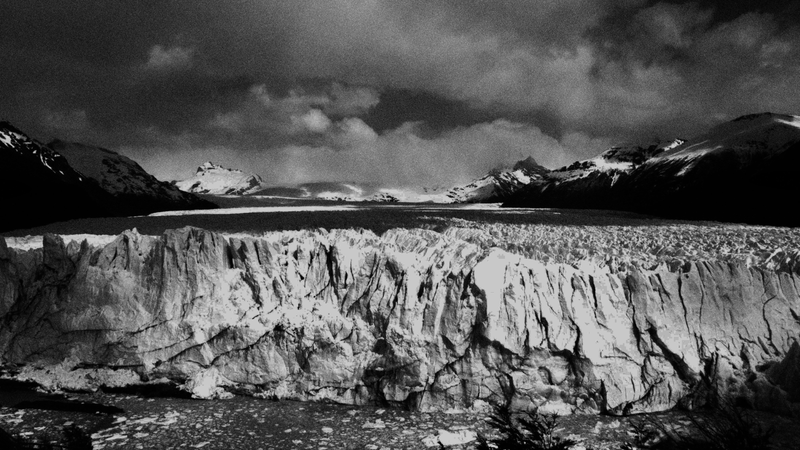
www.welovemountains.net
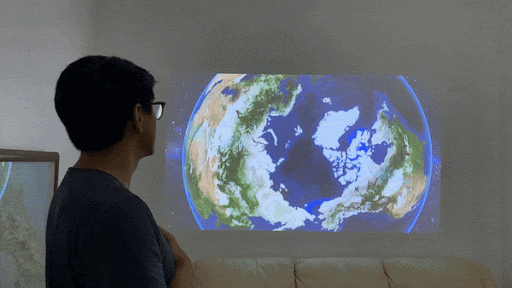
Early bodystorming of potential interactions and concepts. Here we used sensors to tie glacier movements on a projection to our rhythm of breathing.
Over the last few thousand years, the competitive advantage of humans over other species has moved the Earth into a new geological epoch referred to as the Anthropocene, in which human activity has a significant impact on the Earth’s geology and ecosystems. Because of this, the environmental pressures that humans face today look very different than before.
Over the long term, our species’ survival depends less on our ability to perceive and act on our immediate environment and more on our ability to perceive and act on a planetary scale. It appears, however, that much of the horrifying stimulus that might push us to action - global warming, glacial melt, mass extinction, ecosystem collapse - happen so slowly that our senses cannot detect them. Without the ability to perceive, our instinct to act is deadened.
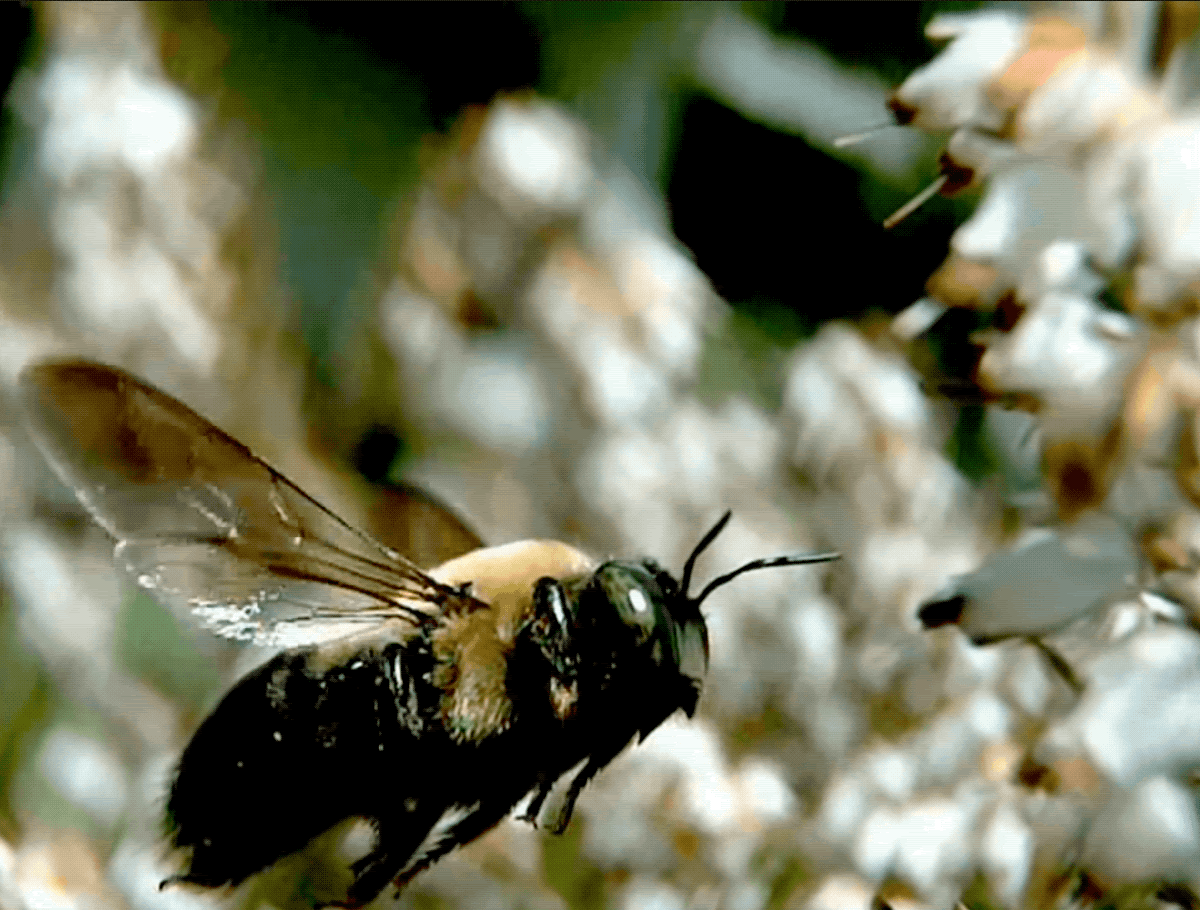
Ultraslo
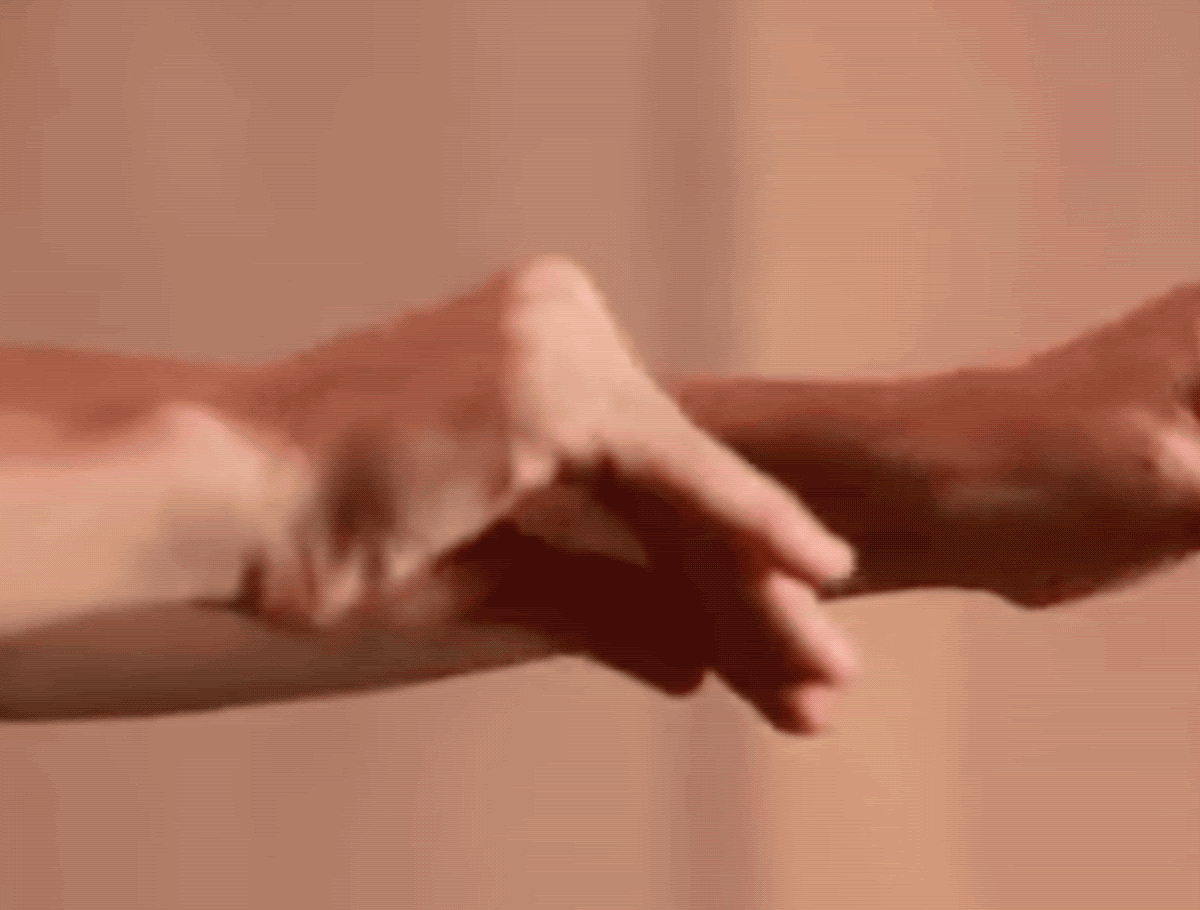
Stilland Moving Center
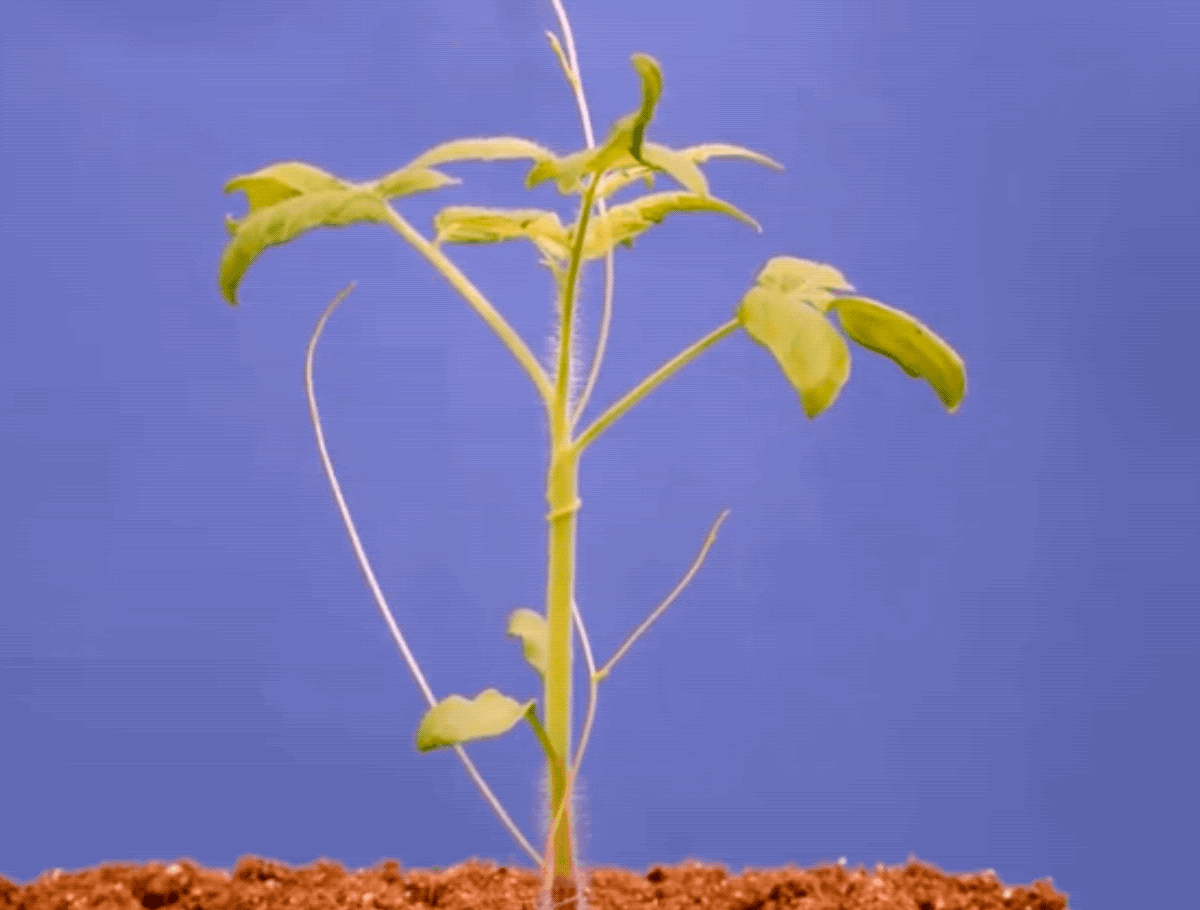
Biographic Magazine
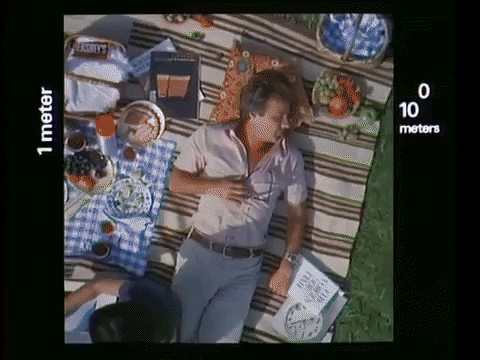
www.eamesoffice.com
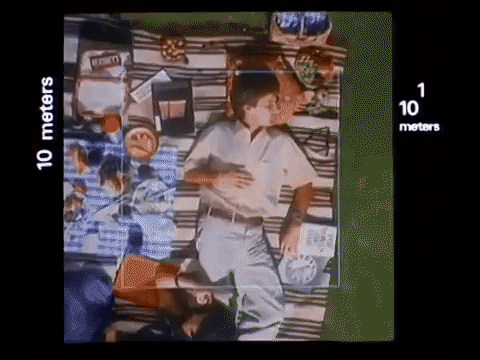
www.eamesoffice.com
Concept
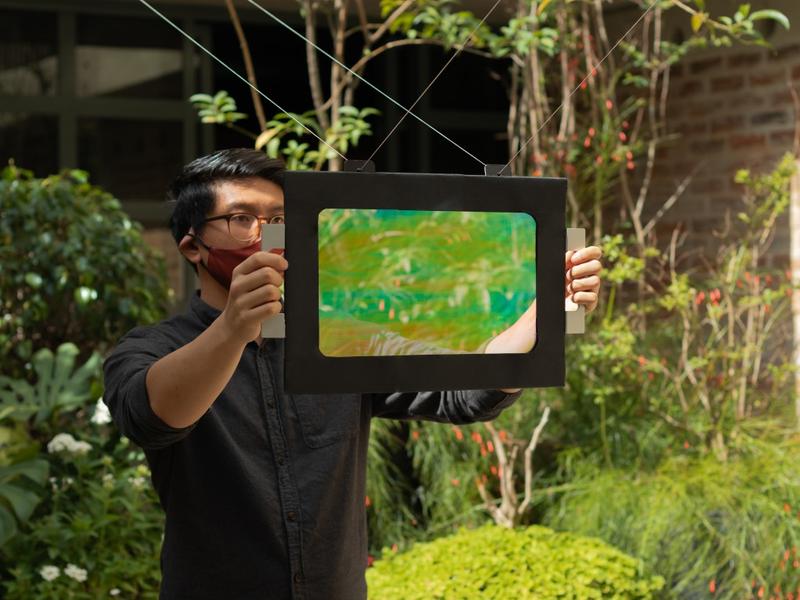
Sensing Time is an installation piece that allows people to adjust their perception of time in order to better empathize with other organisms and planetary events.
The device allows someone to slow down and speed up time on the objects in the frame by moving the device forwards and backwards. By moving the device backwards, one may clearly see the individual flaps of a bee’s wing. By moving the device forwards, one can see the “rhythm of breathing” of a glacier over decades.
By moving non-human rhythms closer to the speed of “human rhythm”, the hope is that we can more instinctively empathize with non-human phenomena.
